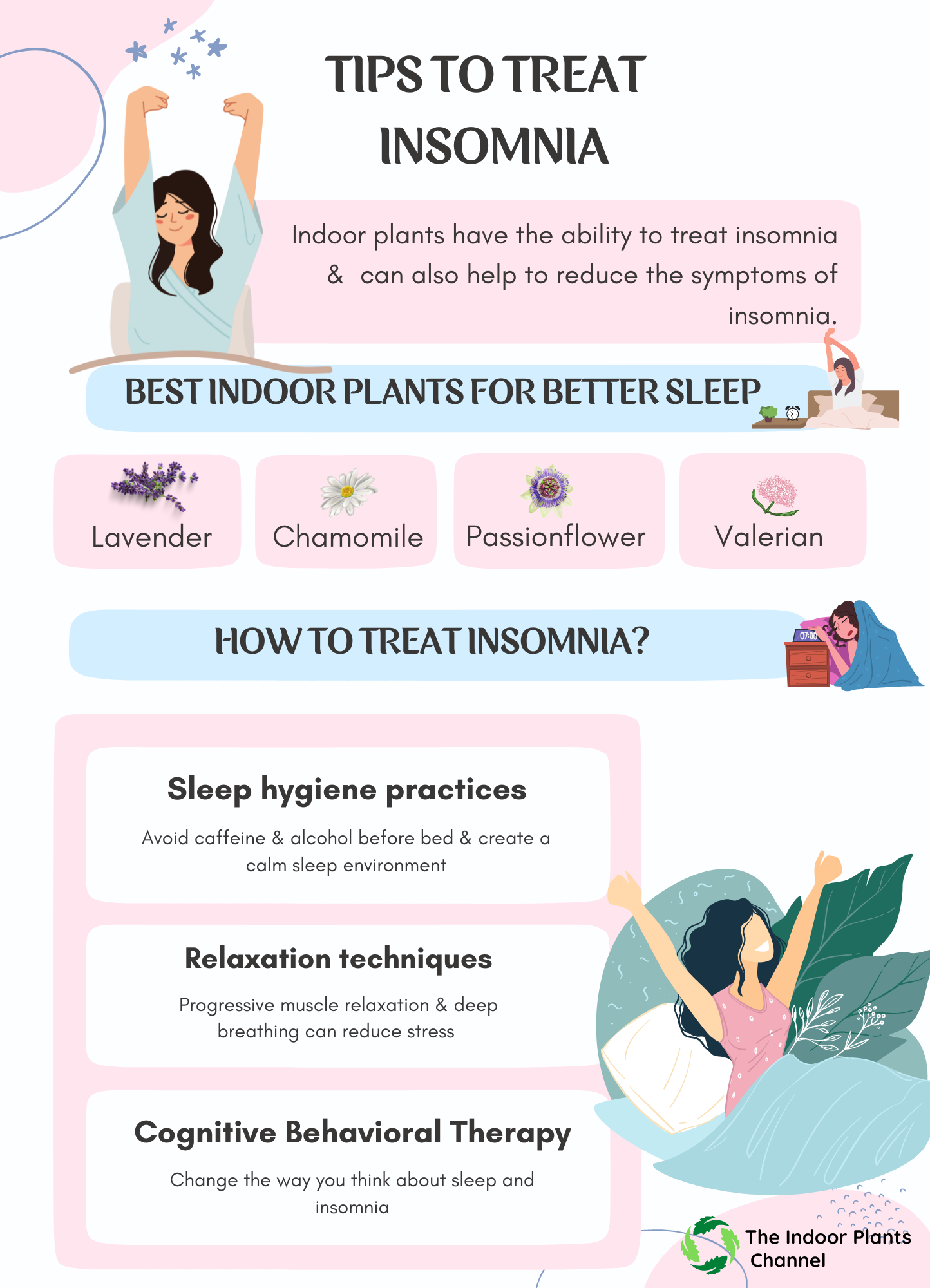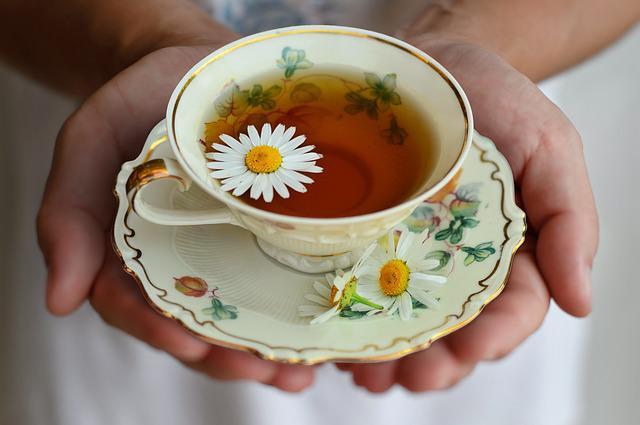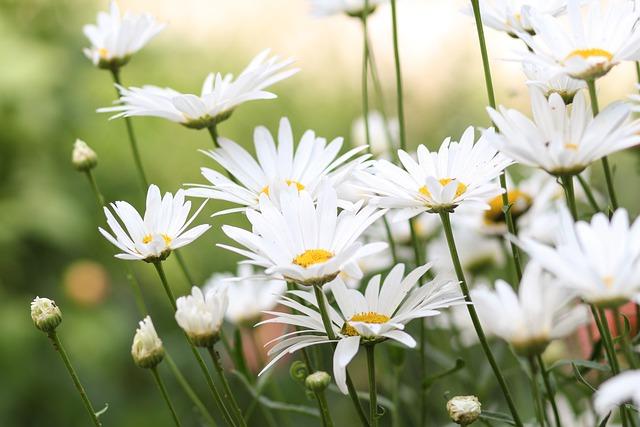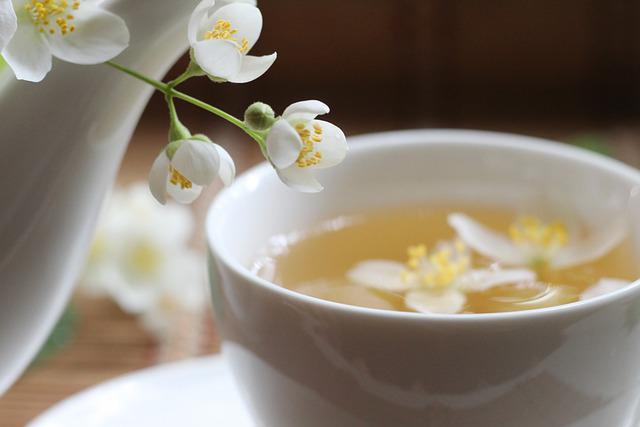If you’re looking for natural ways to get a better night’s sleep, look no further than your own backyard. Plants have been used for centuries to treat insomnia and other sleep disorders. In this blog post, we’ll explore the history of some of the most popular plants used for sleep.
Insomnia is a problem that has existed for a while. The stress of the daily activities sometimes rob us of sleep at night. Thus, leaving you cranky and waking up on the wrong side of the bed every morning. However, people have been searching for ways to treat it for centuries. One of the most popular methods is using plants.

Credit: Pexels
There are a number of different plants that have been traditionally used to treat insomnia and sleep disorder. Some of the most popular include chamomile, lavender, and valerian.
If you are considering using any of these herbs to treat your insomnia, it is important to speak with a healthcare provider first to ensure safety and effectiveness.
The Different Stages Of Sleep
There are four different stages of sleep, each with its own characteristics.
- The first stage of sleep, known as N1, is the lightest stage of sleep. It is easy to wake up from N1 sleep, and people often do not even realize that they have been sleeping. N1 sleep makes up about 5-10% of total sleep time.
- The second stage of sleep, known as N2, is a bit deeper than N1 sleep. People usually do not wake up from N2 sleep unless they are stimulated by something outside of their body. N2 sleep makes up about 50-60% of total sleep time.
- The third stage of sleep, known as N3, is the deepest and most restful stage of sleep. It is very difficult to wake up from N3 sleep, and people usually feel very refreshed after waking up from it. N3 sleep makes up about 20-25% of total sleep time.
- The fourth stage of sleep, known as REM sleep, is when people dream. REM sleep is light sleep, and people can easily be awakened from it. REM sleep makes up about 20-25% of total sleep time.
The Different Causes Of Insomnia And Sleep
Insomnia is a condition that can be caused by a variety of things. Some people may have trouble sleeping because of stress or anxiety, while others may have a physical condition that makes it difficult to sleep. There are also some medications that can cause insomnia.

There are three main types of insomnia: transient, acute, and chronic.
- Transient insomnia lasts for less than a week and is usually caused by something that is stressing you out, such as a job interview or an upcoming exam.
- Acute insomnia lasts for a period of time between one and three months. It is often caused by something that is ongoing, such as stress from a new job or a divorce.
- Chronic insomnia lasts for more than three months and can be caused by a variety of things, including depression, anxiety, and sleep apnea.
If you are having trouble sleeping, it is important to see your doctor to rule out any underlying medical conditions. There are some lifestyle changes that can help, e.g avoiding caffeine and alcohol before bed, exercising regularly, and creating a relaxing bedtime routine. Some medication options can also be used to treat insomnia.
The Different Types Of Insomnia And Sleep
There are three types of insomnia: transitory, short-term, and chronic.
- Transitory insomnia is the most common type of insomnia. It lasts for less than a week and is usually caused by a stressful event, such as a death in the family, a move, or a job loss.
- Short-term insomnia lasts for one to two weeks. It is often caused by an illness, such as a cold or the flu.
- Chronic insomnia is the most serious type of insomnia. It lasts for more than a month and can be caused by a variety of factors, including stress, depression, anxiety, and medications. Chronic insomnia can have a negative impact on your health, both mental and physical.
Treatments For Insomnia
There are a variety of treatments for insomnia, including sleep hygiene, relaxation techniques, Cognitive Behavioral Therapy for Insomnia (CBT-I), and medications.

- Sleep hygiene is a set of habits that can help you get a good night’s sleep. Some sleep hygiene practices include avoiding caffeine and alcohol before bed, establishing a regular sleep schedule, and creating a calm and relaxing sleep environment.
- Relaxation techniques, such as progressive muscle relaxation and deep breathing, can help you reduce stress and anxiety and promote relaxation.
- Cognitive Behavioral Therapy for Insomnia (CBT-I) is a type of therapy that can help you change the way you think about sleep and insomnia. CBT-I can help you identify and change the thoughts and behaviors that are keeping you from sleeping.

There are a variety of medications that can be used to treat insomnia. These include over-the-counter medications, such as antihistamines, and prescription medications, such as Ambien and Lunesta.
The Types Of Plants Used To Treat Insomnia And Sleep
There are many different types of plants that have been used to treat insomnia and sleep. Some of these plants include:

- Valerian: This is a flowering plant that is native to Europe and Asia. It has been used for centuries to treat insomnia and sleep disorders. It promotes relaxation and reduces anxiety levels.
- Passionflower: This is a climbing vine that is native to the Americas. It has been used to treat insomnia, anxiety, and other disorders.
- Chamomile: This is a plant that is native to Europe and Asia. It has been used for centuries to treat insomnia, anxiety, and other disorders.
- Lavender: This is a plant that is native to the Mediterranean. It has been used for centuries to treat insomnia, anxiety, and other disorders.
These are just a few of the many different types of plants that have been used to treat insomnia and sleep disorders. If you are looking for a natural way to treat your insomnia or sleep disorder, then consider using one of these plants.
The Benefits Of Plants Used To Treat Insomnia And Sleep
There are many benefits to using plants to treat insomnia and sleep. Plants can be used to relax the body and mind, improve sleep quality, and reduce stress and anxiety.

There are a variety of plants that can be used to treat insomnia and sleep. Some of the most popular plants include chamomile, lavender, valerian, and passionflower. Each of these plants has unique properties that can help to improve sleep.
- Chamomile is a popular plant for treating insomnia and sleep. Chamomile has a calming effect on the body and can help to reduce stress and anxiety. Chamomile can also help to improve sleep quality by promoting relaxation and reducing muscle tension.
- Lavender is another popular plant for treating insomnia and sleep. Lavender has a calming effect on the body and can help to reduce stress and anxiety. Lavender can also help to improve sleep quality by promoting relaxation and reducing muscle tension.
- Valerian is a popular plant for treating insomnia and sleep. Valerian has a calming effect on the body and can help to reduce stress and anxiety. Valerian can also help to improve sleep quality by promoting relaxation and reducing muscle tension.
- Passionflower is a popular plant for treating insomnia and sleep. Passionflower has a calming effect on the body and can help to reduce stress and anxiety. Passionflower can also help to improve sleep quality by promoting relaxation and reducing muscle tension.
The Risks Of Plants Used To Treat Insomnia And Sleep
There are a few risks to be aware of when using plants to treat insomnia and sleep.
- Plants can be toxic if taken in large doses.
- Some plants can interact with other medications you are taking. Be sure to talk to your doctor or pharmacist before taking any plants for insomnia or sleep.
- Some of these plants can have side effects, such as upset stomach, dry mouth, or dizziness. If you experience any of these side effects, stop taking the plant and talk to your doctor.
The Different Ways To Use Plants To Treat Insomnia And Sleep
There are many different ways to use plants to treat insomnia and sleep. Some of the most popular methods include:

- Herbal teas: Herbal teas are a great way to relax and get a good night’s sleep. There are many different herbs that can be used to make tea, but some of the most popular include chamomile, lavender, and valerian root.
- Tinctures: Tinctures are concentrated forms of herbs that can be taken by mouth. They are usually made by soaking herbs in alcohol or vinegar. Tinctures can be taken in small doses throughout the day or before bedtime.
- Essential oils: Essential oils can be used in a diffuser to fill the air with calming aromatherapy. They can also be added to lotions or massage oils and applied to the skin. Some of the most popular essential oils for sleep include lavender, chamomile, and ylang-ylang.
- Supplements: Supplements are a great way to get the benefits of herbs without having to take them in tea or tincture form. There are many different supplements available, but some of the most popular for sleep include valerian root, passionflower, and magnesium.
- Flower essences: Flower essences are a type of energy medicine that is made from the vibrational energy of flowers. They can be taken via the mouth or added to water and drunk throughout the day. Some of the most popular flower essences for sleep include lavender, chamomile, and passionflower.
Frequently Asked Questions
What are some of the most common plants used to treat insomnia and sleep disorders?
There are many plants that have been traditionally used to treat insomnia and sleep disorders. Some of the most common include chamomile, lavender, valerian, and hops.
How do these plants work to improve sleep?
The exact mechanism of action varies from plant to plant, but in general, these plants work by promoting relaxation and reducing anxiety. This can help to improve sleep quality and quantity.
Are there any side effects associated with using these plants?
In general, these plants are considered safe with few side effects. However, it is always important to speak with a healthcare professional before starting any new treatment, especially if you have a medical condition or are taking any medications.
Can these plants be used long-term?
Yes, these plants can be used long-term. However, it is always a good idea to speak with a healthcare professional before starting any new treatment, especially if you have a medical condition or are taking any medications.
Bonus Tip
- Research the history of plants used to treat insomnia and sleep disorders.
- Try making a tea or tincture from one of these plants to see if it helps you sleep.
- Keep a journal documenting your experiences with different plant treatments for insomnia.
- Use your research to create a natural sleep remedy product to sell online or in stores.
- Speak with a healthcare professional before starting any new treatment with these plants.
Conclusion
If you’re one of the millions of people who suffer from insomnia, you may be interested in learning about the history of plants used to treat this condition. For centuries, people have turned to plants like chamomile, lavender, and valerian to help them get a good night’s sleep.
While modern medicine has developed more effective treatments for insomnia, these plants can still be helpful in promoting sleep. Thus, you should consider adding one of these plants to your bedtime routine, if you suffer from insomnia.
Michelle Wilde
Related posts
3 Comments
Leave a Reply Cancel reply
![]()
About Michelle Wilde
Michelle Wilde is a stay-at-home mom and avid plant lover. Armed with a post-graduate degree in Computer Science (no kidding!), she loves researching plants and landscapes. When she is not caring for her 4 kids, she spends time on her passion for plants. She blogs at www.indoorplantschannel.com, the trusted source for indoor plants.
Learn more
Subscribe
* You will receive the latest posts and updates about indoor plants!
Search
Recent Posts
Categories
- Beginner Guides (10)
- FAQ (206)
- General (2)
- How-To Guides (212)
- Indoor Plants (214)
- Pest Management (2)
- Plant Problem Solutions (4)
- Seasonal Growing (2)
- Specialized Environments (2)
- Specific Plant Care (3)
- Technical Growing (2)

[…] History Of Plants To Treat Insomnia And Sleep […]
[…] History Of Plants To Treat Insomnia And Sleep […]
[…] What are some of the plants that have been studied for their ability to treat insomnia? […]